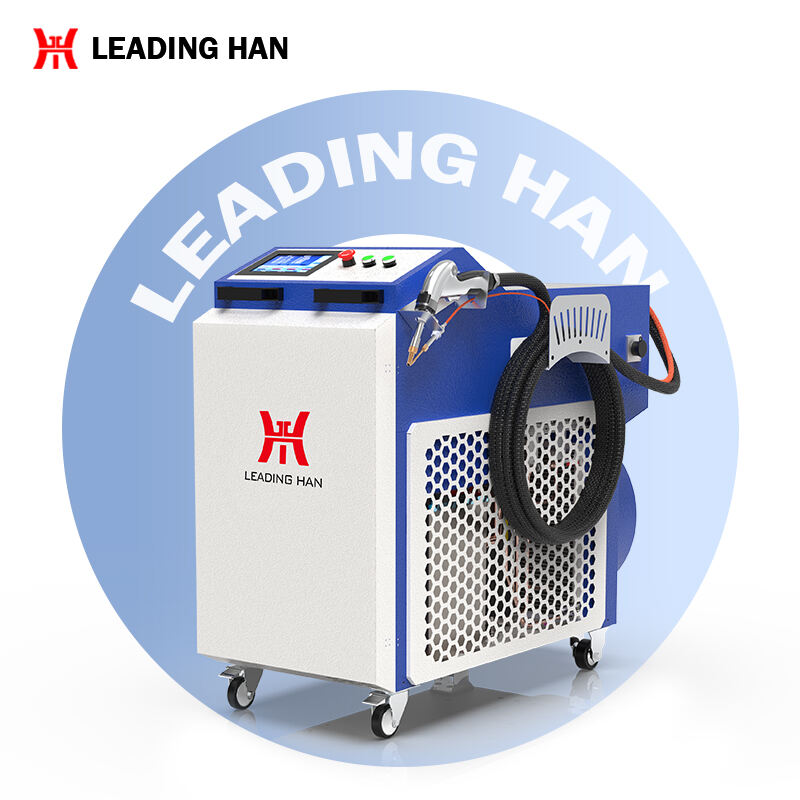In this comprehensive guide, we delve into the operation of the LH Handheld Laser Welding Machine, a revolutionary tool in modern welding technology. With its advanced features and user-friendly design, this machine is perfect for professionals seeking precision and efficiency in their welding tasks. The guide covers everything from setup and maintenance to troubleshooting common issues, ensuring users can maximize the machine's capabilities.
Understanding the LH Handheld Laser Welding Machine
The LH Handheld Laser Welding Machine represents the pinnacle of welding technology, integrating laser precision with handheld convenience. This machine is designed for various applications, including metal fabrication, automotive repairs, and artistic metalworking. Its ability to deliver high-quality welds with minimal heat distortion makes it an invaluable tool for professionals across industries.
Setting Up Your LH Handheld Laser Welding Machine
Before operating the LH Handheld Laser Welding Machine, proper setup is crucial. Begin by ensuring that you have all necessary components, including the laser unit, power supply, and protective gear. Follow the manufacturer’s instructions to connect the power supply and calibrate the laser settings. It’s essential to conduct a test weld on scrap material to familiarize yourself with the machine’s performance and make any necessary adjustments.
Operating the Machine Safely
Safety is paramount when using the LH Handheld Laser Welding Machine. Always wear appropriate personal protective equipment (PPE), including laser safety goggles and gloves. Ensure your workspace is well-ventilated and free from flammable materials. Familiarize yourself with the machine’s emergency shut-off features and maintain a safe distance from the laser beam during operation. Understanding these safety protocols will help prevent accidents and injuries.
Maintenance and Care
To keep your LH Handheld Laser Welding Machine in optimal condition, regular maintenance is essential. Clean the lens and other components after each use to prevent contamination and ensure consistent performance. Check for any signs of wear or damage, and replace parts as needed. Following the manufacturer's maintenance schedule will extend the life of your machine and enhance its efficiency.
Troubleshooting Common Issues
Even the best machines can encounter problems. Common issues with the LH Handheld Laser Welding Machine include inconsistent weld quality and overheating. If you experience these problems, first check the laser settings and ensure the material is compatible with the machine. If issues persist, consult the troubleshooting section of the user manual or contact customer support for assistance. Being proactive in troubleshooting can save time and improve your welding outcomes.
Industry Trends and Future Developments
As the demand for efficient and precise welding solutions grows, the handheld laser welding technology is evolving rapidly. Industry trends indicate a shift towards automation and integration with advanced technologies such as AI and IoT. These developments promise to enhance the capabilities of machines like the LH Handheld Laser Welding Machine, making them even more versatile and user-friendly. Staying informed about these trends will help users adapt to the changing landscape of welding technology and maintain a competitive edge in their respective industries.

